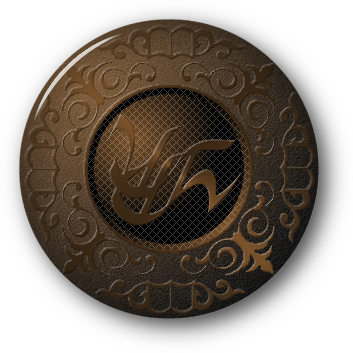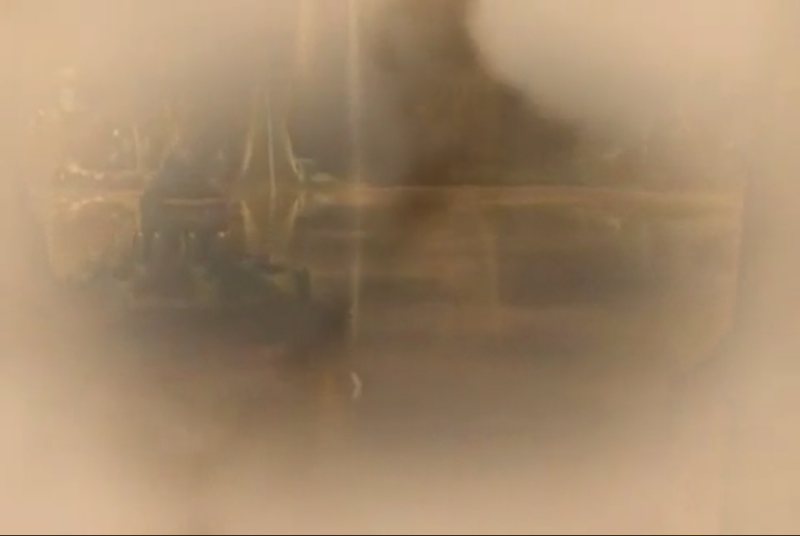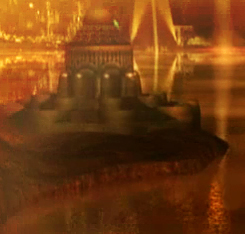

|
|
The Opera House was part of a new district commissioned by King Solath in DE 1604, and construction began in DE 1610. He wanted new cultural projects to help divert his subjects from a religious upheaval that had been caused by the writing of the Book of Nemiya, which denounced King Ahlsendar's genocide of the Pento people and claimed that he had not been the Great King of prophesy. The new area was named the civic district of Karim, and contained both the opera house and a concert hall. The district was completed in DE 1650 (6007 BC). While the people of D'ni saw the effort for what it was, it nevertheless worked. All of D'ni was eager to visit the district and see performances of orchestral music and operas in the new venues. The King Solath notebook has this to say:
The next mention of public works such as the opera house came in DE 3100. King Rakeri was concerned about a growing rift between the rich and poor, and commissioned a number of public works projects, including a theater company and a concert hall in one of the poorest districts of D'ni, which was called Belari. The King Rakeri notebook has this to say:
The final mention of public works comes from the reign of one of D'ni's most beloved kings, Kedri. Kedri managed to balance a concern for the poor and common D'ni while maintaining a great deal of support from the upper classes. During his reign, he had a new residential district for lower class D'ni built on Ae'gura, and had many public buildings and residential districts renovated. This is an excerpt from the King Kedri story translated by Nick White.
None of the notebooks mention the location of the civic district of Karim, so we do not know where the opera house was located. The only clue we have is a brief glimpse of it in a film, and that scene was in very poor quality. It shows the opera house with the Arch of Kerath in the background. The view in the scene seems to imply that the district might be on one of the islands in the D'ni cavern lake or on a peninsula, about 30° off the zero meridian. Another rumor claims that it was near the South Gate, but if so, that would put it behind Ae'gura, so the Arch would not be visible at all.
Explorer Tweek was able to acquire this picture of the opera house, which shows considerably more detail. It was shot from the same location as the film.
|
Myst, the Myst logo, and all games and books in the Myst series are registered trademarks and copyrights of Cyan Worlds, Inc. Myst Online: Uru Live is the sole property of Cyan Worlds Inc. The concepts, settings, characters, art, and situations of the Myst series of games and books are copyright Cyan Worlds, Inc. with all rights reserved. I make no claims to any such rights or to the intellectual properties of Cyan Worlds; nor do I intend to profit financially from their work. This web site is a fan work, and is meant solely for the amusement of myself and other fans of the Myst series of games and books. |

